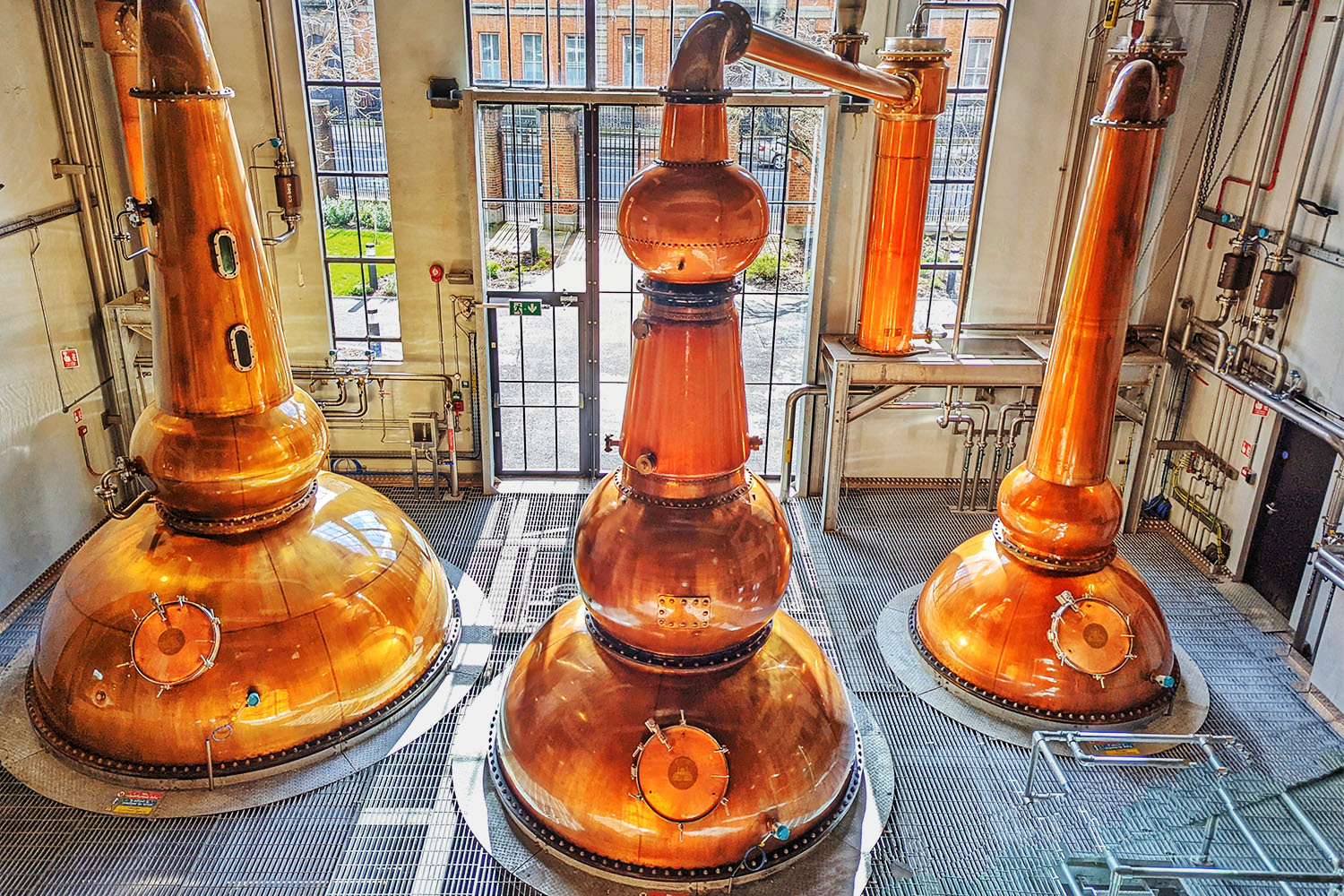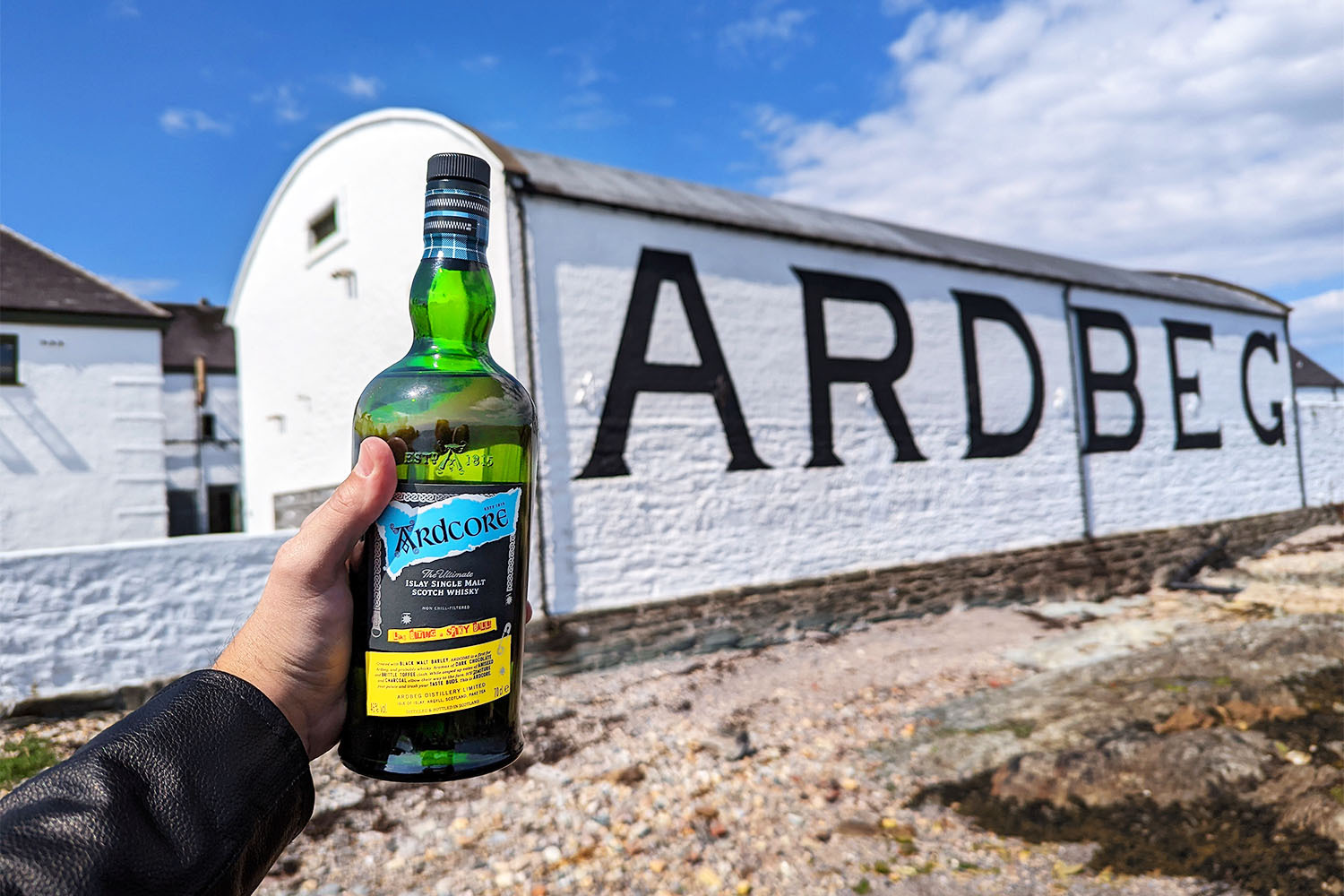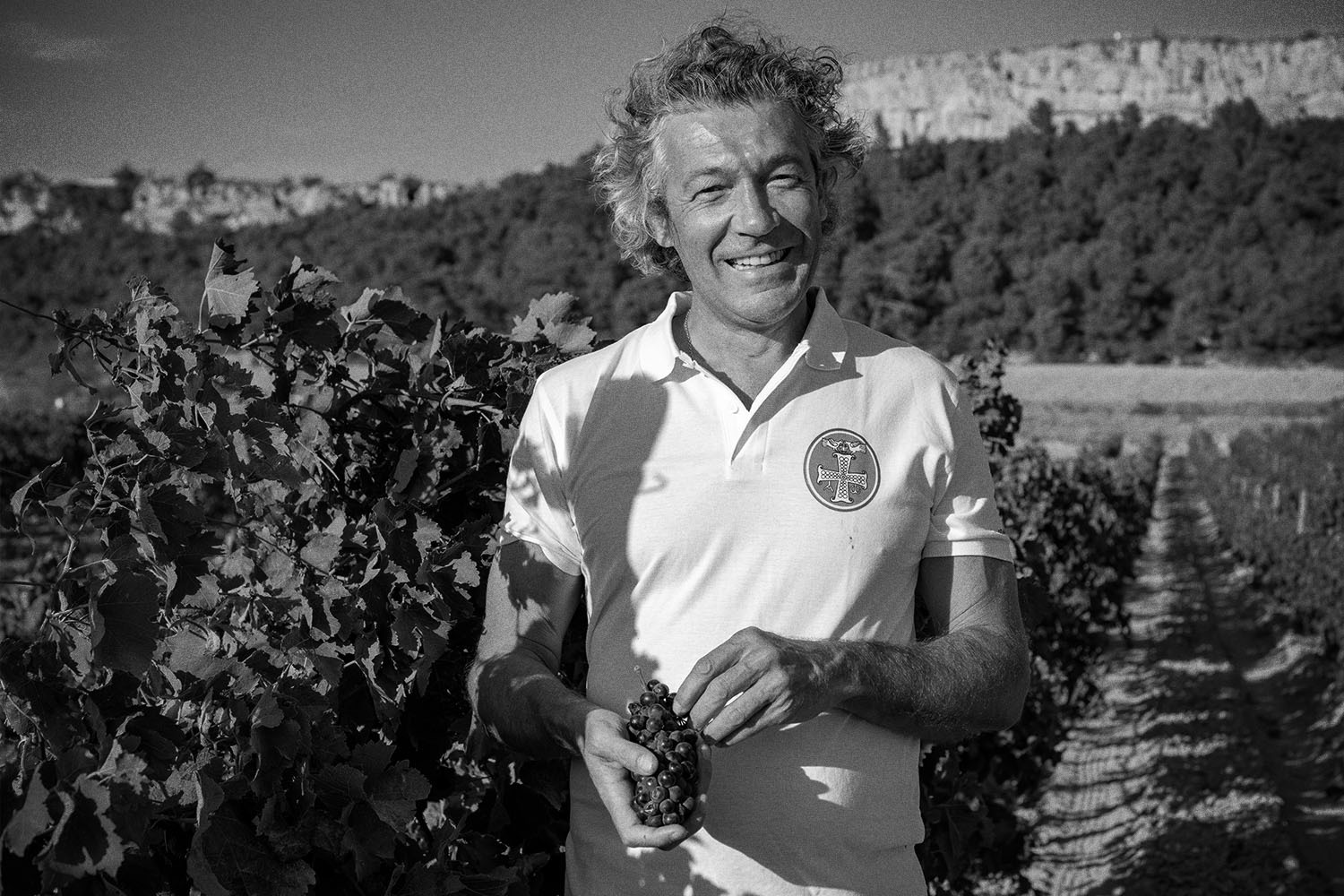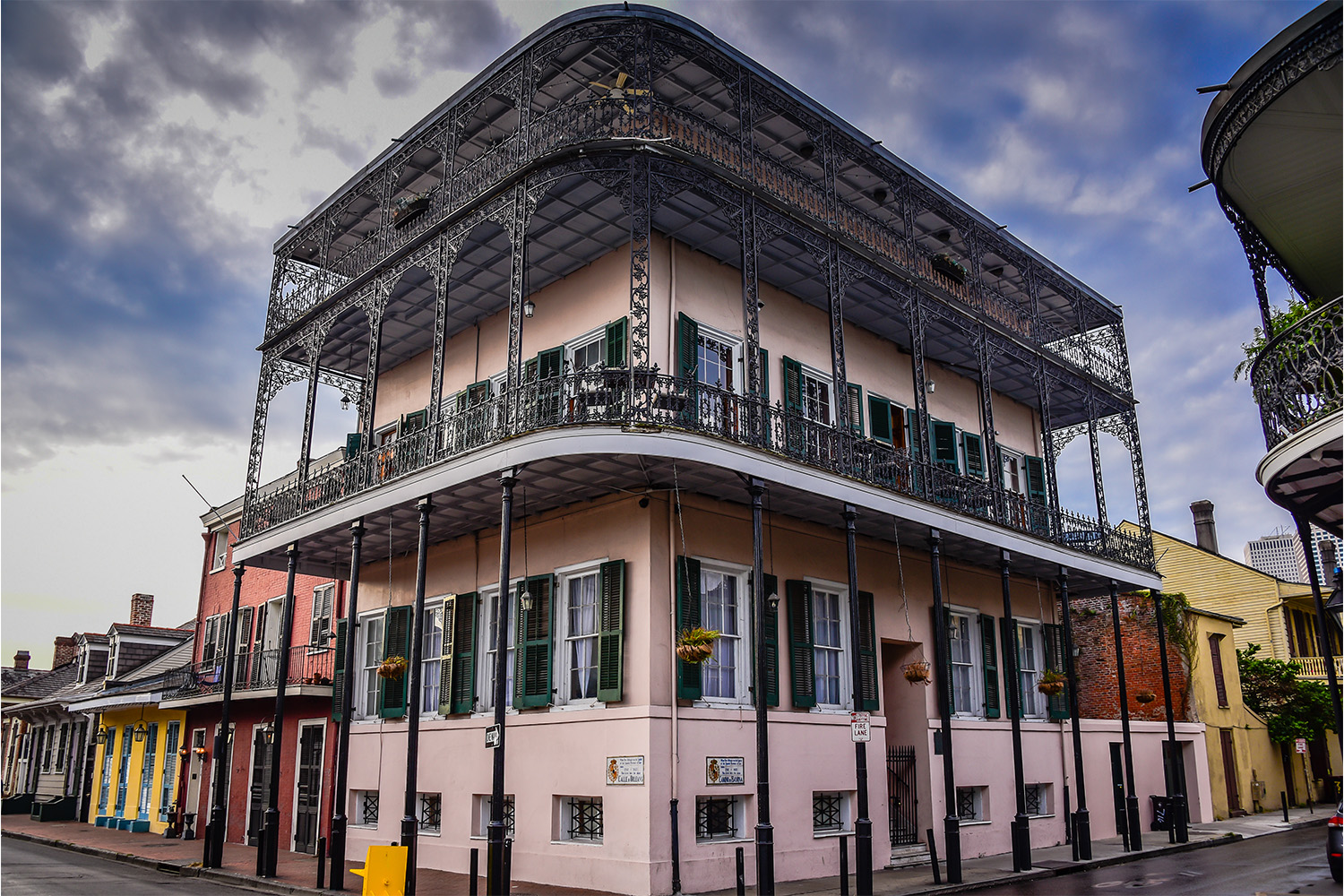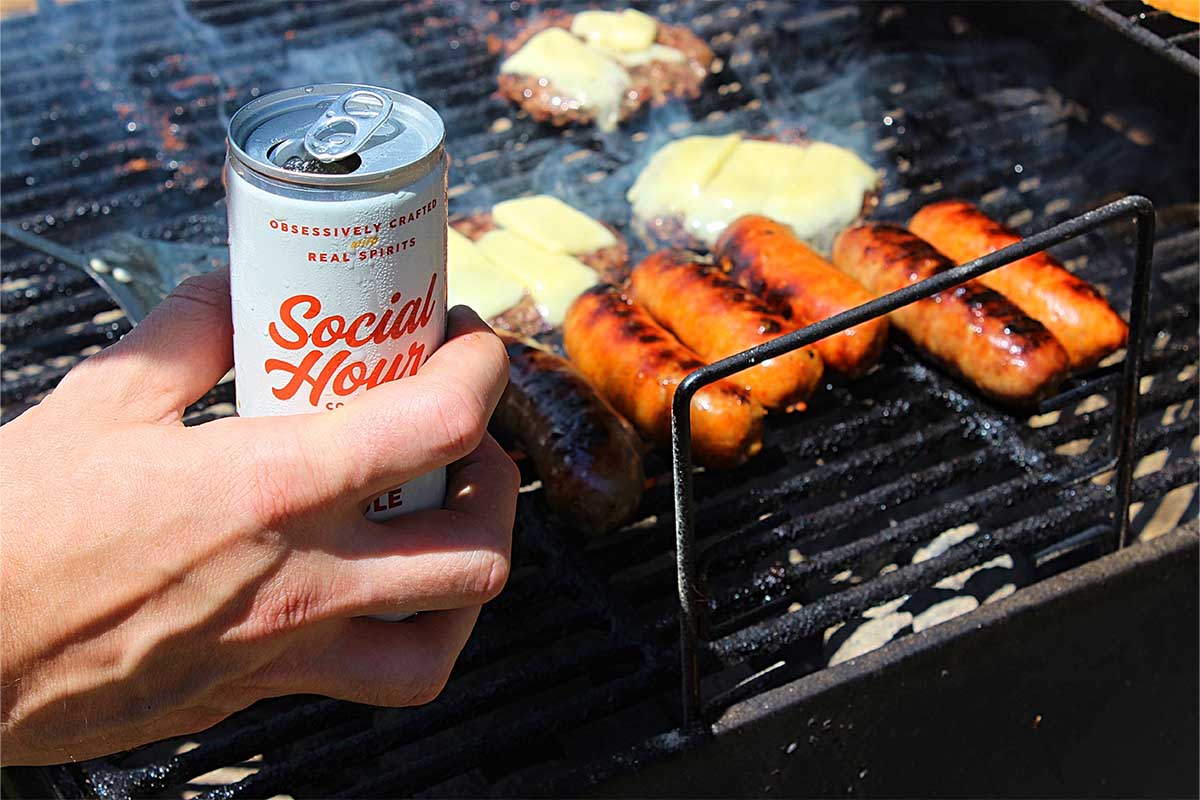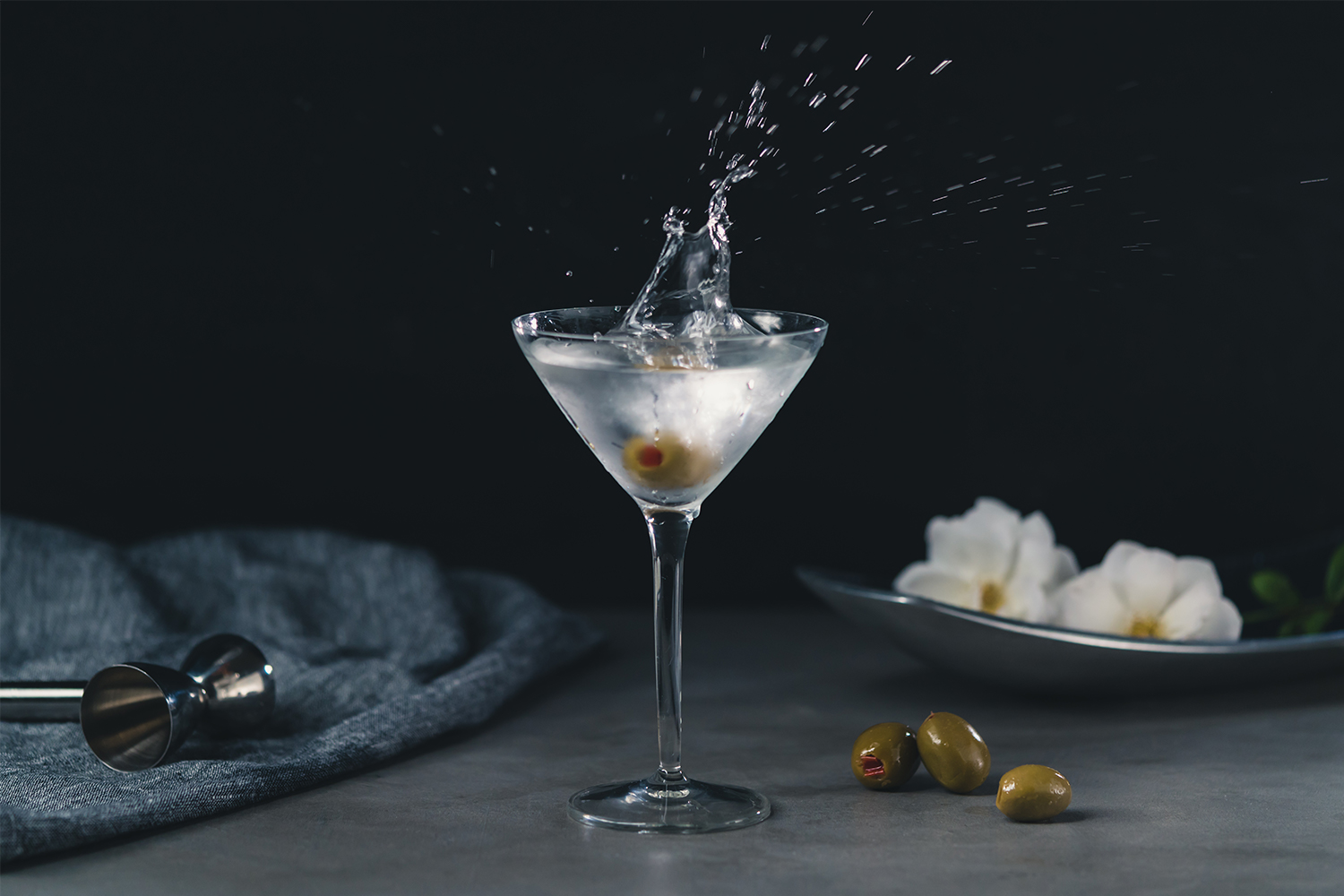While some scholars say that America’s lone original contribution to the arts world is jazz, what of another melodious chord which also emanates loudly from New Orleans? That’s right: the cocktail.
Few places have offered more significant or sweeping contributions to the art of drinking well than the Big Easy, and is not a great libation itself a piece of art? Does it not inspire emotion and spur on thought and discussion? Does it not soothe the soul?
Many of the most storied and well-known classic cocktails originated in New Orleans, and today, the city remains home to a string of iconic institutions. These forebears coexist alongside a vibrant modern scene which continues pushing the imbibing arts forward into a new age. New Orleans is a city which has suffered due to natural and man-made calamity alike, but it’s a place of perseverance, a destination for revelry, and truly sacred grounds for our spirituous ways.
The Storied, Spirituous Past
Any place around the world which has served as a hub for a particular creation, idea or movement has, of course, a museum to honor and showcase it. In New Orleans, that would be the Sazerac House, an interactive exhibition hall and imbibing emporium opened at the end of 2019.
“You’re in the Sazerac House, owned by the Sazerac Company, and drinking a Sazerac cocktail made with Sazerac rye — we make sure everyone who visits has a Sazerac,” says Matt Ray, the museum’s resident cocktail expert. “And the original Sazerac House is about 200 yards away.”
The Sazerac, popularized in the 1850s, is the official cocktail of New Orleans, and is considered by many to be the world’s first fully formed cocktail. As with many inventions, it was more of an evolution than a single “eureka,” and represents an amalgamation of the city’s international influences, as well as its homegrown ingredients, namely Peychaud’s Bitters.
The history of these concoctions, and the men who lent their names to them and generations of products — Bernard Sazerac and Antoine Peychaud, in this case — is all on offer at the Sazerac House. You can geek out and deep dive into the historical waters as much as you want, or just enjoy a quick tour and a handful of tastings. “We’re trying to demystify cocktails,” Ray says. “And we’re using the cocktail to talk about the history of New Orleans.”
In addition to the numerous touchscreen displays, video presentations, cocktail sampling stands and historical exhibits, the Sazerac House is also a functioning distillery. Its whiskey is shipped to Buffalo Trace’s warehouses for maturation — though there are several rows of barrels, including of rum, aging in the facility — and will be brought back to serve as a house-made liquor when it comes of age. A small-batch offering of Peychaud’s Bitters is also made on-site, along with other exclusives such as barrel-aged Peychaud’s, single cask whiskeys and bottled cocktails.
As for that Sazerac cocktail itself, there’s some variability to its historic recipe. It was first made with absinthe, but when that was banned in 1912, Herbsaint became the de facto replacement. In New Orleans, it remains the choice to this day. “It tastes pretty much the same,” Ray says. But more tellingly, the ingredient has its own historical claim to the recipe at this point. “Herbsaint has been a part of the recipe for about 80 years, so as long or longer than absinthe.”

The Bars Upholding History
The anti-absinthe logic for the Sazerac remains sound at Arnaud’s French 75 Bar, one of the longstanding icons of New Orleans cocktail culture. “We like to keep it [made with Herbsaint] because it’s the way it’s been done for the past century,” says bartender Kevin Augustine.
Of course, the bar doesn’t share its name with the Sazerac, but rather, the French 75. And its rendition of the drink may be the best I’ve ever sampled: crisp, bright and vibrant. What’s the secret? “Good Champagne and good Cognac,” Augustine says. “We use Courvoisier and Moët.”
While much of the world defaults to gin as the standard spirit in the drink, Arnaud’s remains true to its origins. “Let’s start with the first word in the name: ‘French,’” Augustine says on the importance of using Cognac rather than gin, and high quality Champagne as opposed to generic sparkling wine.
Now you might be wondering, wait, isn’t there a bar named for the Sazerac? Indeed, the Sazerac Bar at The Roosevelt New Orleans, a Waldorf Astoria property, is one of the world’s very best hotel bars.
The place is steeped in history: the grand tiled floor, spectacular wooden paneling and intricate murals, the bullet holes and trophies, and yes, the legendary drinks.
The Sazerac Bar is known in particular not only for its namesake, but also for the Ramos Gin Fizz. The drink was created by Henry Charles Ramos in 1888, and became the smash hit of his bar, which was then shuttered during Prohibition. After Ramos passed, his son sold the rights to the drink to Seymour Weiss, the owner of The Roosevelt, where it continued its reign of delight in a post-Prohibition world.
The Ramos is known for the workout routine it puts bartenders through, with an intensive hard shake required to achieve perfection in the form of its frothy, airy, ethereal nature. “It features Hayman’s Old Tom Gin, lemon and lime juices, orange flower water, simple syrup, cream, seltzer and egg whites,” says Justin Sugerman, The Roosevelt’s director of food and beverage. “Bartenders shake these ingredients as long as they can and then pour the concoction into a glass and place a straw down the center of the fizz.”
It is creamy but light, refreshing yet satisfying, and lies in stark contrast to the boozy, bracing Sazerac the bar serves. Either is a fine choice in the unmistakable and historic confines of the Sazerac Bar, and both will shift an afternoon or evening into overdrive, in a wonderful way, no doubt.
The Sazerac Bar isn’t the city’s only hotel watering hol worthy of global accolades, either. Consider the Carousel Bar at Hotel Monteleone, whose 25 seats, slowly rotating around the stable, central eye of the bar’s raucous storm, are prized perches. (Your best course of action is to form an alliance with one patron and pounce upon their exit, rather than trying to play the field.)
All stages of the New Orleans experience are on display from fellow revelers at the Carousel Bar, from bright-eyed enthusiasm to shouts of delirium and slurs of confusion. The carousel has been in place since 1949, though the bar is noteworthy for another feature as well, as it’s found within the cocktailing archives as the home of the Vieux Carré. The drink, which means “old quarter,” is said to represent the many cultures within it; it’s made with French Cognac and Bénédictine, American rye whiskey and Italian sweet vermouth, and dashed with the flavors of the Caribbean in the form of bitters.
When made properly — which the Carousel Bar manages to execute even despite the swirling gale winds of weekend merrymakers packing the space to the brim — the cocktail is enlivened and brought to life by the simple touch of an expressed lemon peel, without which the drink might sink under the weight of its own potency.

The Current Cocktail Community
Bridging the gap between the city’s cocktail past, its thriving present and its hopeful future is the man holding court behind Jewel of the South, where a mirrored back bar is separated by four wooden columns. The man is proprietor Chris Hannah, who stylized the bar after the one at Arnaud’s French 75, which he helmed for 14 years. “It’s a grand room, I miss it,” Hannah says of his old stomping grounds.
His newer digs aren’t too shabby, either. A converted home abutting Rampart Street on the outskirts of the French Quarter, Jewel of the South delivers superb cocktails such as the Tuxedo Tails, a martini with gin, sherry and maraschino, with an assortment of garnishes served alongside it on ice. More than that, though, the bar capably pulls off a feat which others rarely do, offering the type of excellent hospitality which makes one feel, well, at home.
“Working at Arnaud’s opened my eyes to a different level of hospitality,” Hannah says. “I respected the old-school traditions, but I didn’t want the old places to rest on their laurels, either.”
Even as you’re sitting at his bar, and knowing he could simply tell you to head to Manolito, his famed French Quarter spot built in homage to El Floridita in Havana, Cuba, Hannah seems instead to want you to go everywhere else in town. Visiting New Orleans on a cocktail-centric mission of exploration means you’ll never work through your hit list, as everybody will keep on adding more and more to your docket. “It’s a really cool community,” Hannah says.
There’s a near-infinite collection of places to see, bars to visit and drinks to sample, spanning across all vibes and interests, from dive to classic, to those that manage to thread the needle and be a perfect mix of both. Is a $6 large Frozen Irish Coffee from Erin Rose as essential to your jaunt through town as a Vieux Carré at the bar in which it was invented? I’d say so. On one end of the spectrum there’s the Old Absinthe House, Pat O’Brien’s and the Chart Room. Then there’s Barrel Proof and Loa and Bar Tonique and Latitude 29 and, well, folks, how much time do you have?
If your answer is “not enough,” then put the bar that helped kickstart craft cocktails in New Orleans near the top of your list: Cure. “Cure is just a neighborhood spot,” says owner Neal Bodenheimer. A neighborhood spot that has had an outsized influence on cocktail culture within the city and beyond, even anchoring the revival of an entire neighborhood, helping bring Freret Street up from its knees to its current thriving and bustling position.
That “neighborhood” ethos, the art of welcoming all comers, making them feel at home, can be seen on the menu, where bartenders are credited by name for their contributions, and where the sometimes tedious and showy expounding on every ingredient is replaced by helpful, concise descriptors which actually, you know, help people determine which beverage they would enjoy at a given moment.
“We try to relate a drink back to the ‘mother cocktails’ and old-school stuff so people understand what they are, but we only list descriptors, and we’ve been doing that since 2014,” Bodenheimer says. “My dad has a saying that I love: ‘I asked you what time it is, not how to build a watch.’” The craftsmanship matters, the hospitality matters. The rest is, often, bullshit.

What isn’t superfluous is the importance of community and of elevating others, and Bodenheimer is quick to acknowledge who should be recognized and why. “Chris Patino is in a lot of ways really responsible for organizing the modern bar scene in New Orleans,” he says. “We were all in different spots and he brought us all together, he deserves a lot of credit for that.” [Note: Help support Patino’s fight against cancer at ThisTshirtFightsCancer.com].
As if all of that wasn’t enough for Bodenheimer, he also stepped in to grab the reins of Tales of the Cocktail, resuscitating cocktailing’s most noteworthy conference and annual industry gathering event when it appeared to be on the brink of collapse. “We’re really excited for Tales this year, people really want to be together,” he says, noting two years of virtual events. “Get a chance to see everyone and remember what this is all about.”
Bodenheimer, too, could simply advise you to visit his own bars, and he wouldn’t be wrong to do so, with an ever-expanding list in the CureCo family including Cane & Table, Vals and Peychaud’s. But like Hannah, he’s only interested in elevating the whole of the city and everyone who’s involved. “Chris and I go back just forever; there was a crew of us that kind of gelled as ‘the cocktail community,’” he says. “And I truly believe a rising tide lifts all ships.”
There’s no shortage of ships setting sail, either. There’s The Elysian Bar, inside a converted rectory that’s part of Hotel Peter and Paul. Elysian is focused on low-ABV, aperitif-style drinks served from yet another homey, inviting, lived-in space, with a courtyard, cafe and multiple parlor rooms, along with a dining nook styled after Claude Monet’s home in Giverny. “New Orleans has this huge cultural footprint, but it’s a tiny town, and we all know each in some form or facet,” says beverage director Ben Hatch. “Our cocktail program is a great reflection of New Orleans and its multicultural influences and cocktail history.”
There’s the Chandelier Bar, at the new Four Seasons New Orleans. The swanky space, led by Beverage Manager Hadi Ktiri, glows from the light of a stunning custom chandelier made from 15,000 individual crystals. In the center of the hotel’s eye-catching lobby, the bar is meant to serve as a hub for guests and locals alike, the way the best bars in the city always have. Massive martinis and other classics are executed with precision, with the intention that the city is a cocktail town and the drinks need to be nailed down. Whether you stop in for a pre-dinner drink en route to Miss River, from Alon Shaya, or Chemin à la Mer, from Donald Link, or on your way out to enjoy the best of the rest of the city, there’s no concern of being shorted by an overpriced, under-delivering hotel bar.
Then there’s Bar Marilou, a sexy cocktail den where there’s no pretense paid on remaining focused on the past alone. Instead, the city’s bonafides are represented via forward-thinking concoctions that are at the edge in 2022. These are drinks breaching exciting imbibing frontiers, the way those originals once did 150 or 175 years ago. Try the Le Canard, a sultry take on a Black Manhattan with duck fat-washed rye whiskey, and look out for drinks based on mushroom-infused gin and clarified milk punch, with ingredients ranging from raicilla and cachaça, génépy and kümmel. Take note, this is a bar that will be on your national and international best-of lists in short order.
“New Orleans is really good at preserving things,” Bodenheimer says with a hint of sarcasm in his voice, acknowledging the importance of such a deep history, yet also perhaps the need to continue forging ahead. “But there’s so much happening right now.”
Laissez les bons temps rouler, as they say.
For more travel news, tips and inspo, sign up for InsideHook's weekly travel newsletter, The Journey.

